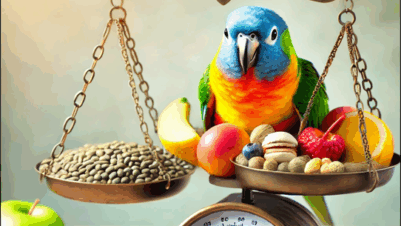A DOWN COW (also referred to as a “downer cow”) can be one of the most rewarding “easy fixes” or one of the most frustrating cases you deal with in practice.
What is a downer cow?
A downer cow is poorly defined; however, the generally accepted
term is a cow that is recumbent and unable to get up for more
than 24 hours after the initial cause is identified and resolved. The key is to act swiftly and confidently to lower the risk of
“downer cow syndrome” – firstly resolve the cause, and then care for the cow.
Timings and impact
Six hours down:
- The cow damages its muscles, nerves and joints due to its bodyweight.
- It has been reported that only 2% of dairy cows treated for milk fever within six hours became downer cows. Not treated for seven to 12 hours:
- More than 25% became downers. Not treated until 18+ hours:
- Nearly 50% of cows not treated until after 18 hours were unable to rise.1
Causes
There are several causes for a cow to become recumbent, which can be established by the animal’s history and a thorough clinical
exam. A key piece of advice is to not let the farmer’s diagnosis sway you before gathering all the information for yourself and
coming to your own opinion. Often the cause can be categorised into one of the following:
- Metabolic imbalances – the most common cause of downer cow syndrome is a complication of periparturient hypocalcaemia in cows that do not fully respond to calcium treatment.2
- Trauma – calving paralysis after calving is another common cause, but it is important not to rule out bulling injuries or severe fractures.
- Toxaemia – mastitis, metritis and other toxicities can also becauses of downer cows.3
Management and treatment
Regardless of the initial cause for recumbency, while a cow is down she develops pressure myopathy due to her own bodyweight. Therefore, swift and efficient management of these downer cows is crucial, and the labour cost (if relevant) and the cow’s prognosis must be assessed before determining how to proceed. If the cow is lactating, she must be milked if down for more than 12 hours – again, this is to reduce mastitis risk. Additional complications of
recumbency can include acute mastitis, pressure necrosis or ulcers and further traumatic injuries to her limbs from attempts to rise.
- Downer cows are often hypocalcaemic; however, when she fails to respond to treatment, monitoring blood minerals is essential for management. They can be additionally supplemented with potassium, phosphorus and magnesium therapies.
- Food and water must be within the cow’s range and it is important to ensure – if she isn’t penned alone – that the other cows aren’t eating and drinking her supply. If she is not drinking by herself, fluid therapy should be considered.
- The cow must also be moved frequently and assisted, with particular attention paid to the hindlimb she is lying on.
- NSAIDs can help target antiinflammatory actions of downer cow syndrome, as well as making the cow more comfortable.
- Fenwick, D. C., Kelly, W. R. and Daniel, R. C. W. (1986) Definition of nonalert downer cow syndrome and some case histories. Vet Rec 118: 124-128.
- Constable, P. (2017) Overview of Bovine Secondary Recumbency – Musculoskeletal System – Veterinary Manual [online]. Available at: http://www. msdvetmanual.com/ en-gb/musculoskeletalsystem/ bovine-secondaryrecumbency/ overviewof- bovine secondaryrecumbency [Accessed 1 May 2017].
- Blowey, R. and Weaver, A. (2008). Colour atlas of diseases and disorders of cattle. London, Mosby.






